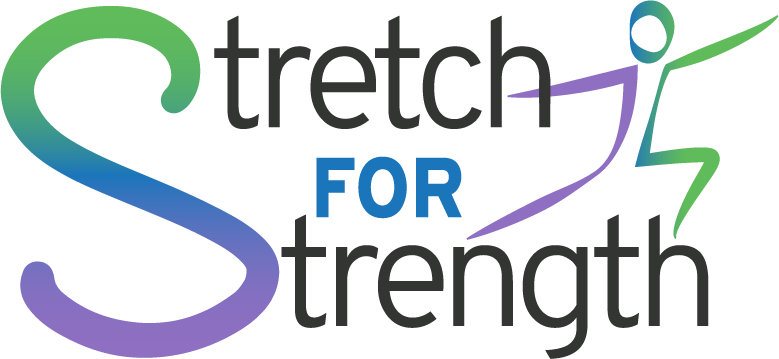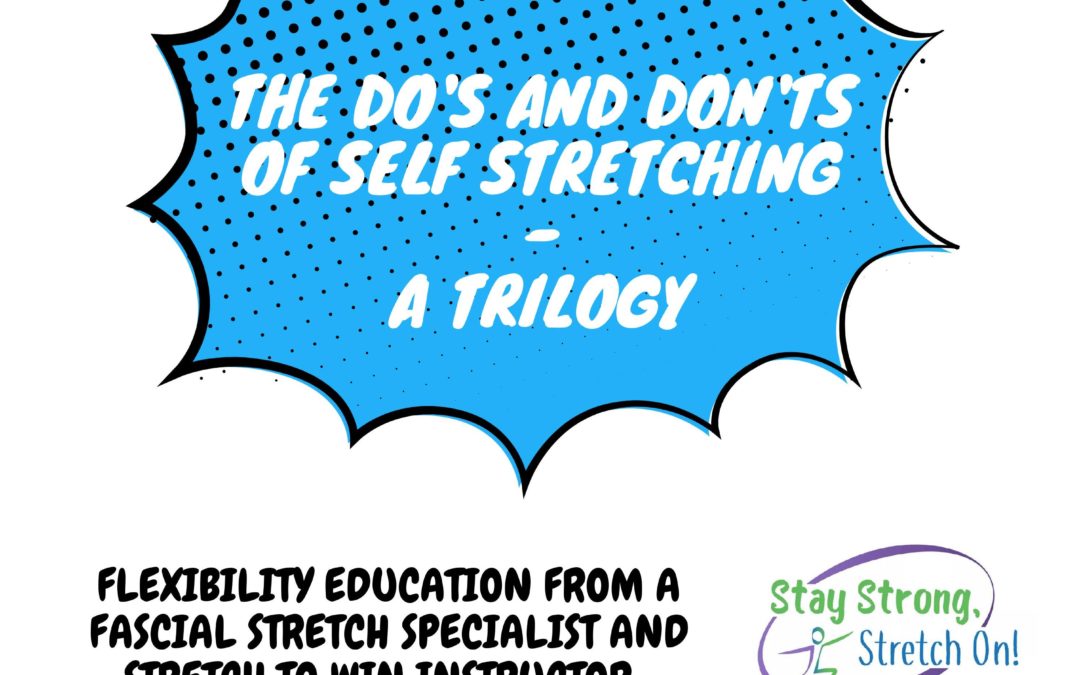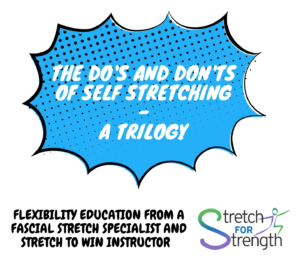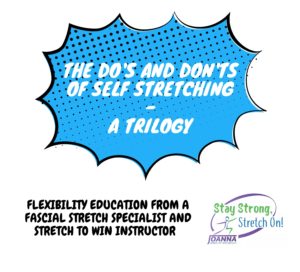Stretching! The one thing I hear people tell me they need to do, yet don’t. To give you a bit of my background, I was one of those gifted with natural flexibility, which made me gravitate towards gymnastics. I was in gymnastics for about 10 years, cheerleading for 2, coach of gymnastics, coach of CrossFit, and now a Fascial Stretch Specialist/FST Practitioner. Whether it be from a client or a friend, I always get asked the “right” way to stretch. I say it depends on where and when. There is a difference between stretching at work in between sitting all day and stretching before a workout. The type of stretching I will be addressing in this series of posts is mindful, relaxing stretching to achieve gains in flexibility.
I have been exposed to the best and worst of stretching, and have put together some key factors to look for when you are implementing your own stretching protocol:
DON’T Focus on Time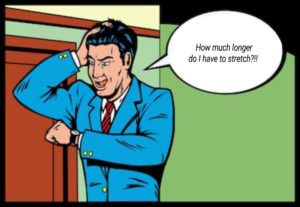
We’ve all done it, or a coach has told you to do so: hold this stretch for 2 minutes, hold this stretch for 5, hold this stretch until I say stop. This idea of focusing on time is something that is very common but is not accurate for flexibility goals. It disconnects the participant from what they are trying to achieve and does not allow them to listen to their body. When that focus is taken away, the participant usually holds their breath. This response increases the heart rate and ramps up the nervous system, which is not our intention. Last and most important reason? It’s boring. If it’s boring, then nobody will do it.
DO Focus on Breath

Breath is indisputably essential to life and overall health. In relation to stretching it allows us to get deeper into a stretch when used properly, without sending that unfavorable pain signal. It keeps the participant present with how their body is reacting to the stretch, as well as calms them. That calming effect is important with all that happens in life and work, which keeps us at an alert fight-or-flight state without having the ability to relax. Being able to breathe while self-stretching allows you to dial back and tune into your body. Having that focus is a better use of your time and will be more effective, making it easy to become a habit.
DON’T Stretch to pain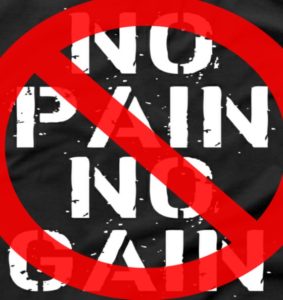
“No pain, no gain” does not apply here! Stretching to the point of pain is a common misconception that needs to be addressed. The reason that pain is there is because your protective nervous system is telling your brain that there is a threat to your muscle. That signal is something we don’t want to happen because the body recognizes pain and responds in kind by guarding the area. You might think, “Wow my hamstrings are tight today, I need to stretch them all the time!” when you are just not starting where your body is at.
Pain is not a positive response for lasting benefit.
Painful and excessive blasting, rolling, stretching, etc. will not give you long-term flexibility. Your tool is only as good as how you use it. Use your body as a tool to tell you what it needs, and respond accordingly.
DO Stretch by feeling R1
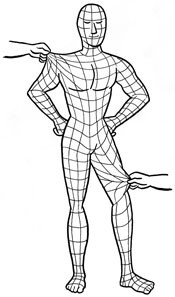
Since we’ve gone over pain not being desirable, let’s discuss where to start! R1 is the level of first resistance the tissue presents. It is usually what gets blown past to get to the previously thought starting point: the pain signal. There are three levels of resistance, and that initial bit of tension you feel is the best place to start.
That small pull is where the slack in the fascia is initially being taken up. When you start stretching past that point, you risk stretching nerves and alerting your nervous system to protect. As you ease into the stretch in sync with your breathing you will gain more range of motion in the short term, while teaching your body to be more receptive to stretching in the long term. Keep in mind there is a difference between feeling a stretch and feeling pain. If you are in pain, you are probably holding your breath. Practice will help you learn the difference, and your body will thank you for it.
Thank you so much for reading! Stay tuned for the next two posts in this self-stretching series, and remember to Stay Flexy, My Friends.
Bibliography
Frederick, A., Frederick, C. (2006) Stretch to Win. Champaign: Human Kinetics.
Frederick, A., Frederick, C. (2014) Fascial Stretch Therapy. 1st ed. Pencaitland, Scotland, UK: Handspring Publishing Ltd.
Image credit
iStockphoto
https://dynamicprinciples.files.wordpress.com/2013/01/fascia-man.jpg
